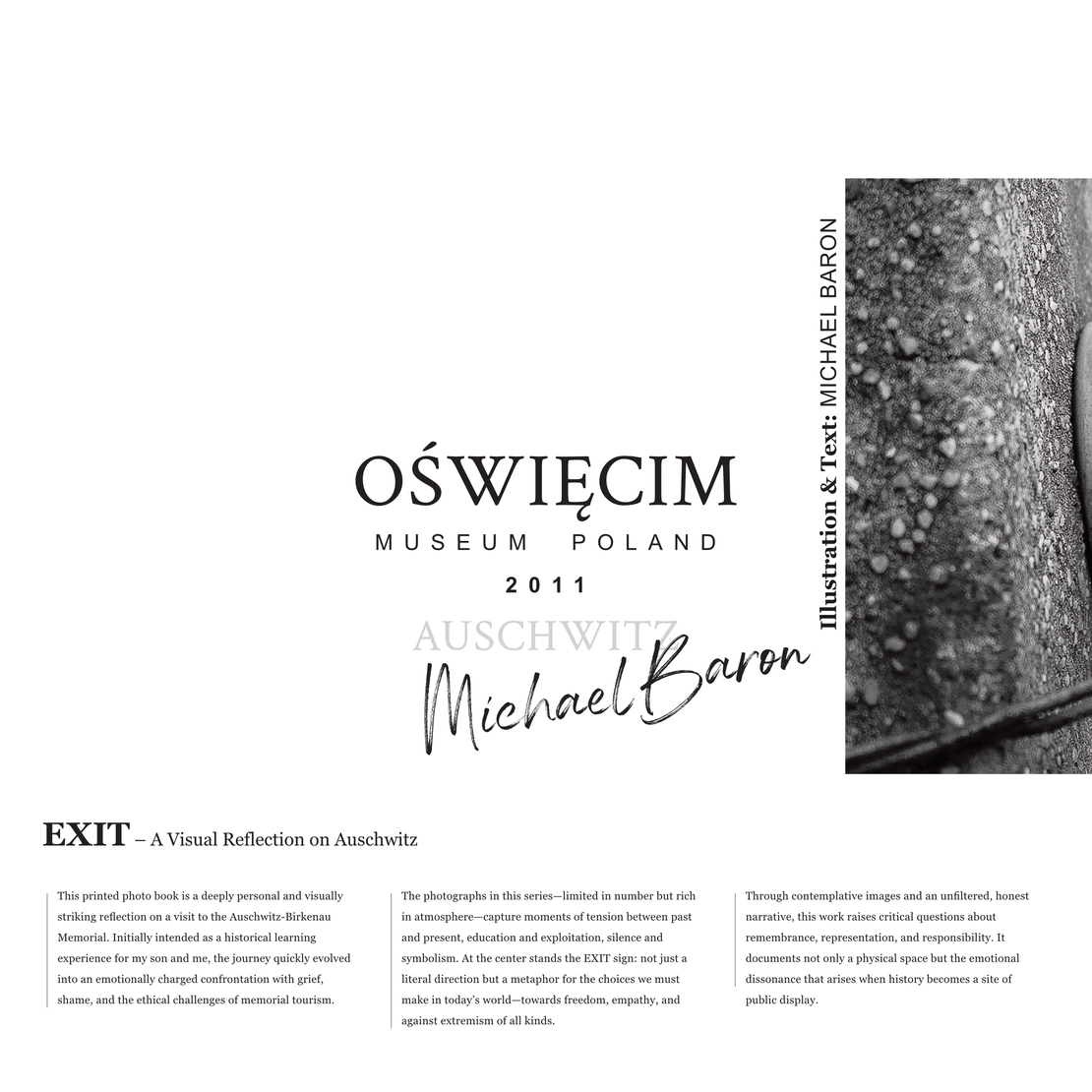Code of Honor in the Workplace: More Than Words – A Practical Guide

Code of Honor: A Compass for a Strong Company Culture
A Code of Honor (also known as a Code of Conduct) defines the core principles for how people interact within a company. It sets binding expectations for behavior, communication, and collaboration—regardless of position or department. Like a compass, it provides orientation in daily interactions and establishes a shared foundation of values.
But a Code of Honor is only effective if it is more than a nicely worded document. It must be actively lived, clearly understood by all, and regularly reflected upon. Only then does it become a powerful instrument for fostering a positive corporate culture.
Five Key Benefits of a Code of Honor
1. Clear Guidance for All Employees
A well-written Code of Honor clearly communicates which behaviors are expected and which are not. This is especially helpful for new team members, who can find their footing in the company culture more quickly and act with greater confidence.
2. Building Trust Inside and Out
Clients, business partners, and potential applicants pay close attention to how a company handles ethical matters. A transparent, genuinely lived Code conveys a reliable, values-based image—and can become a competitive advantage.
3. Effective Conflict Prevention
Clear, shared standards help reduce misunderstandings and prevent escalation. In diverse teams with different personalities, cultural backgrounds, and working styles, a Code serves as a unifying framework.
4. Making Abstract Values Tangible
Words like respect, openness, or sustainability often remain vague and open to interpretation. A Code of Honor forces clarification: What exactly does “respect” mean in our day-to-day interactions? How is “openness” demonstrated in our meetings?
5. Strengthening Individual Responsibility
A meaningful Code emphasizes everyone’s individual responsibility in shaping collaboration. It serves as a reminder that each person contributes to the company’s success through their behavior, communication, and commitment.
Avoiding Common Pitfalls
Vague Language Undermines Effectiveness
A Code of Honor loses its impact if it’s full of generalities and vague statements. Phrases like “We act responsibly” or “We treat each other with respect” are too open to interpretation without concrete examples.
A Gap Between Words and Actions Harms Credibility
Nothing is more damaging than a Code that exists only on paper and is ignored in practice—especially by leadership. This disconnect doesn’t foster trust—it breeds cynicism and demotivation.
Outdated Codes Lose Relevance
Social values and business requirements evolve constantly. A Code of Honor should be reviewed regularly, discussed openly, and updated as needed to remain relevant and effective.
Success Factors for an Effective Code of Honor
A strong Code of Honor is characterized by:
- Clear, accessible language free of jargon or empty phrases
- Concrete guidelines instead of vague value terms
- Ongoing engagement in onboarding, team meetings, and leadership dialogues
- Cultural integration—not just a stand-alone document
- Transparent internal and external communication
- Leadership by example through consistent behavior
- Practical applicability to everyday work situations
Real-World Example: A Modern Code of Honor
Below is a field-tested example of a Code of Honor, deliberately written in clear, direct, and practical language. It can be used as a template or adapted to reflect your company’s specific values.
Conclusion: More Than a Document – A Cultural Anchor
A Code of Honor is not a substitute for legal frameworks or compliance rules. Its true value lies in creating a shared foundation of values and action. Especially in growing, diverse, or international teams, it becomes an essential tool for intentional collaboration.
When a Code is communicated authentically and lived consistently, it contributes significantly to a company’s integrity, motivation, and reputation. It evolves from paper to practice—and from a declaration of intent to a lived culture.
Further Reading & Sources
- OECD (2023): Guidelines for Multinational Enterprises
- Ethical Systems (2022): Best Practices for Codes of Conduct
- McKinsey & Company (2022): Values & Culture – What Employees Really Want
- Hemel, U. (2020): Codes of Conduct in Business – A Classification. Institute for Social Strategy
- German Corporate Governance Code (DCGK), 2022 Edition



